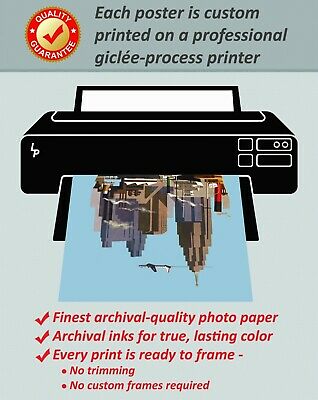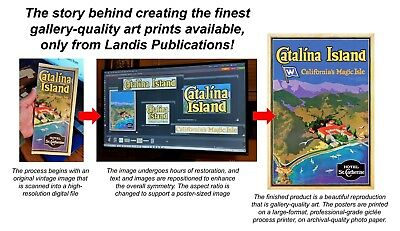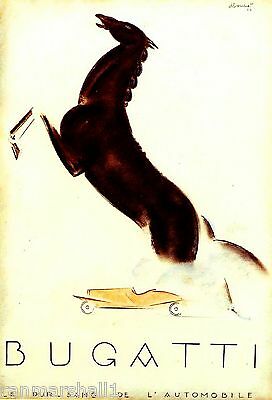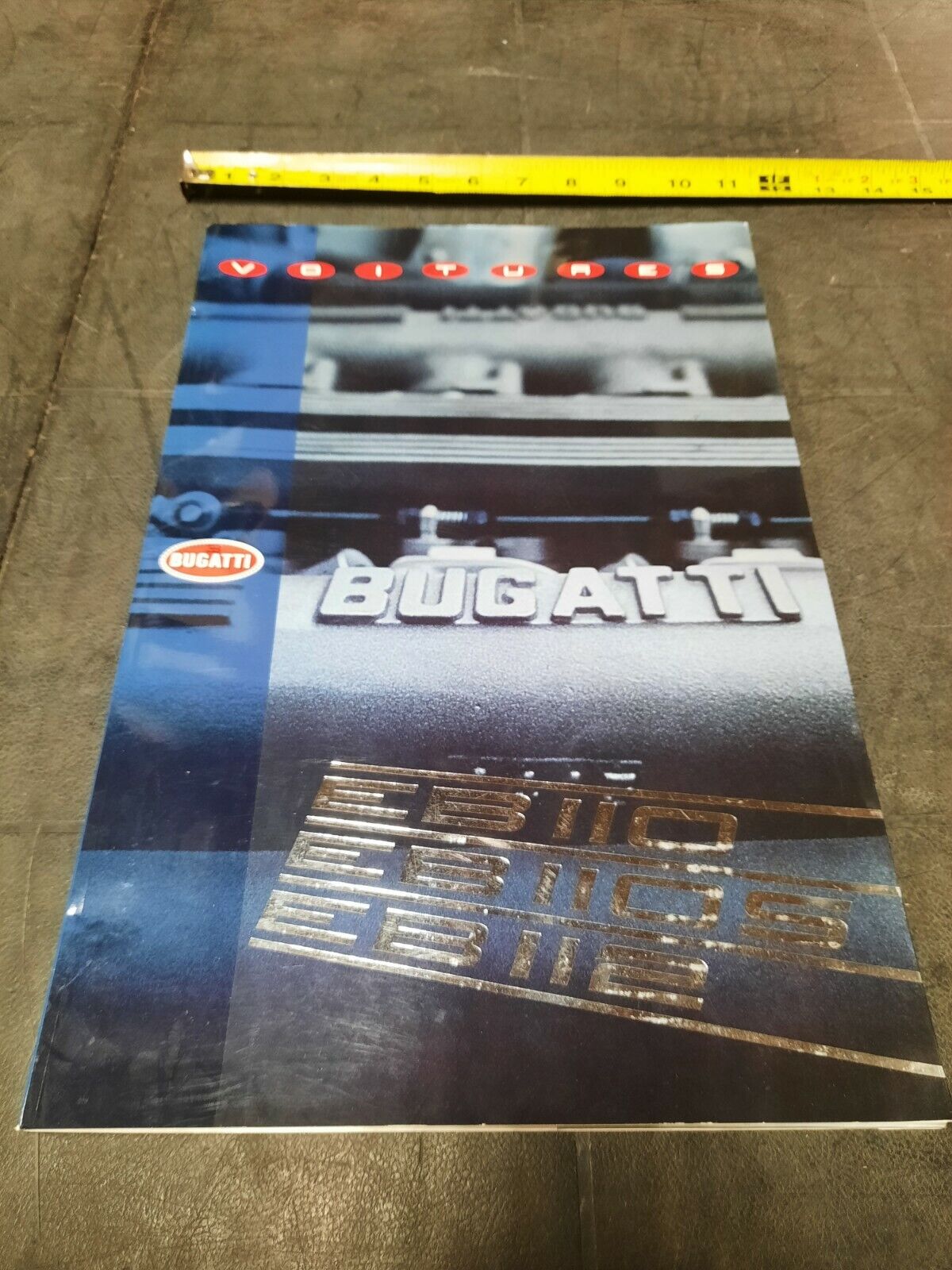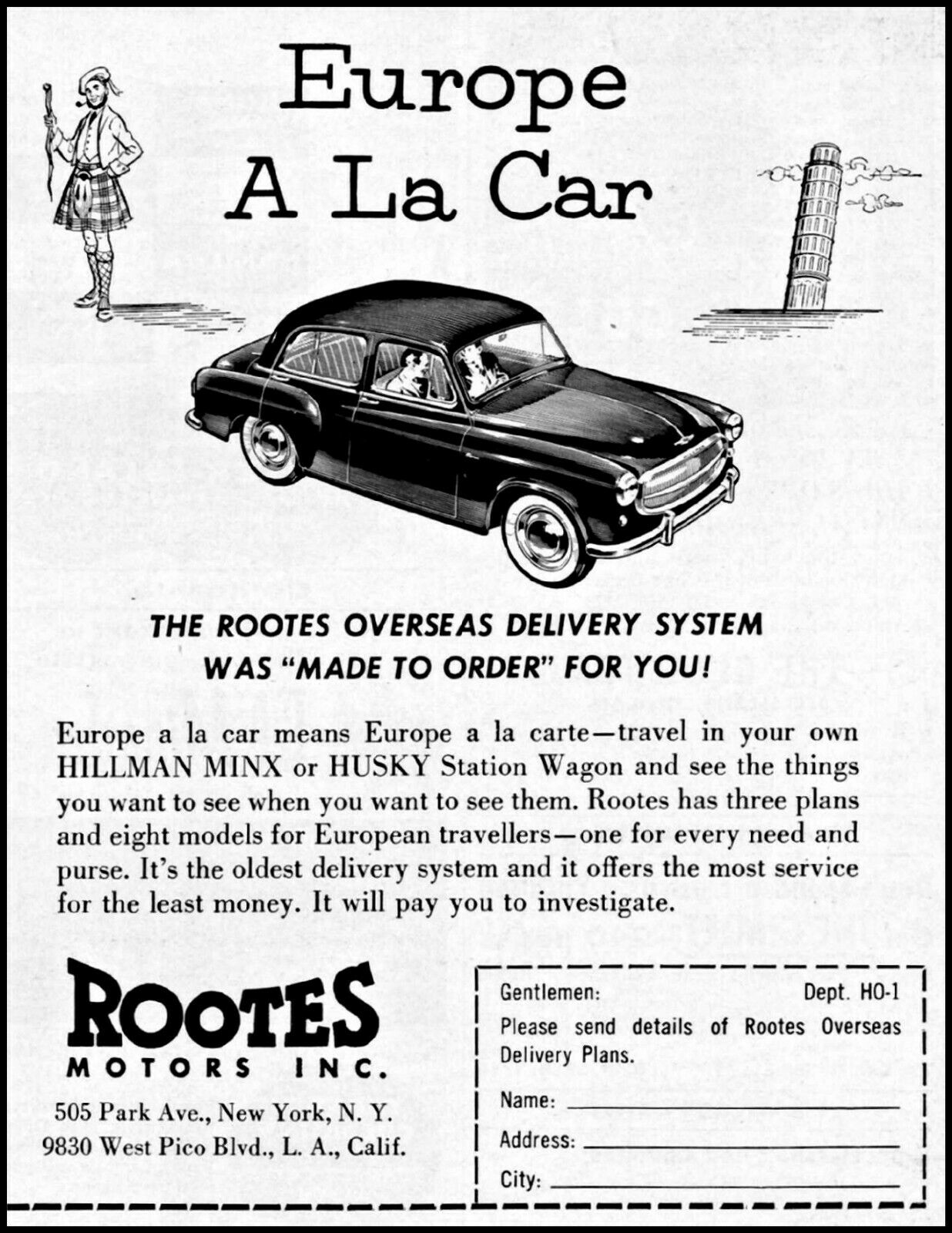-40%
Mini Cooper - Cool 1963 Vintage Poster
$ 10.53
- Description
- Size Guide
Description
These are simply the best posters available! You will be thrilled with the image quality, vivid colors, fine paper, and unique subjects.
This is a unique remastered image, transformed into a beautiful poster - available exclusively from Landis Publications!
OUR POSTERS ARE SIZED FOR STANDARD OFF-THE-SHELF FRAMES, WITH NO CUSTOM FRAMING REQUIRED, PROVIDING HUGE COST SAVINGS!
This beautiful reproduction poster has been re-mastered from an original 1963 advertising brochure the Morris Mini Cooper. The “Mini” was first produced by the British Motor Corporation in 1959, and the distinctive subcompact has been produced by various companies to present-day.
The high-resolution image is printed on heavy archival photo paper, on a large-format, professional giclée process printer. The poster is shipped in a rigid cardboard tube, and is ready for framing.
The 13"x19" format is an excellent image size that looks great as a stand-alone piece of art, or as a grouped visual statement. These posters require
no cutting, trimming, or custom framing
, and a wide variety of 13"x19" frames are readily available at your local craft or hobby retailer, and online.
A great vintage print for your home, shop, or business!
HISTORY OF THE MINI
The Mini is a small economy car produced by the English-based British Motor Corporation (BMC) and its successors from 1959 until 2000. The original is considered an icon of 1960s British popular culture. Its space-saving transverse engine and front-wheel drive layout – allowing 80% of the area of the car's floorpan to be used for passengers and luggage – influenced a generation of car makers. In 1999, the Mini was voted the second-most influential car of the 20th century, behind the Ford Model T, and ahead of the Citroën DS and Volkswagen Beetle. The front-wheel-drive, transverse-engine layout of the Mini was copied for other "supermini" designs including the Honda N360 (1967), Nissan Cherry (1970), and Fiat 127 (1971). The layout was also adapted for larger subcompact designs.
This distinctive two-door car was designed for BMC by Sir Alec Issigonis. It was manufactured at the Longbridge plant in England located next to BMC's headquarters and at the former Morris Motors plant at Cowley near Oxford, in the Victoria Park/Zetland British Motor Corporation (Australia) factory in Sydney, Australia, and later also in Spain (Authi), Belgium, Italy (Innocenti) Chile, Malta, Portugal, South Africa, Uruguay, Venezuela, and Yugoslavia (IMV).
The Italian version of the Mini which was sold under the Innocenti marque was produced in Lambrate, a district of Milan.
The Mini Mark I had three major UK updates – the Mark II, the Clubman, and the Mark III. Within these was a series of variations, including an estate car, a pick-up truck, a van, and the Mini Moke, a jeep-like buggy.
The performance versions, the Mini Cooper and Cooper "S", were successful as both race and rally cars, winning the Monte Carlo Rally in 1964, 1965, and 1967. In 1966, the first-placed Mini (along with nine other cars) was disqualified after the finish, under a controversial decision that the car's headlights were against the rules.
On its introduction in August 1959, the Mini was marketed under the Austin and Morris names, as the Austin Seven and Morris Mini-Minor. The Austin Seven was renamed Austin Mini in January 1962 and Mini became a marque in its own right in 1969. In 1980, it once again became the Austin Mini, and in 1988, just "Mini" (although the "Rover" badge was applied on some models exported to Japan).
BMW acquired the Rover Group (formerly British Leyland) in 1994, and sold the greater part of it in 2000, but retained the rights to build cars using the Mini name. Retrospectively, the car is known as the "Classic Mini" to distinguish it from the modern, BMW influenced MINI family of vehicles produced since 2000.


